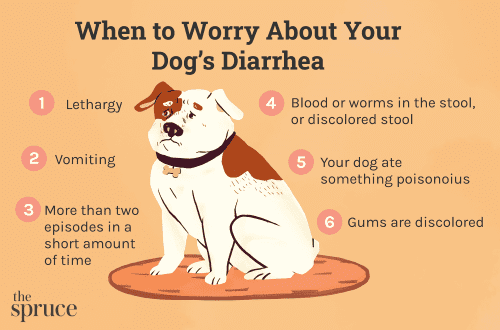
Giunsa nimo pagkahibalo kung ang imong iro nagsakit?
When your best friend is hurting, you want to help him. If you’re not feeling well, you can simply take the right medicine, such as a heartburn pill or cough lozenge, but figuring out how to help your dog when he’s in pain isn’t easy. Here’s what you can do if she gets sick.
How to understand that the dog is ill and she is sick
Some breeds will let you know by their behavior that something is wrong with them, they will whine, bark or generally act anxious. However, most dogs stoically endure pain without showing that they are suffering. They may be completely unable to let you know that they feel bad. Fortunately, there are signs by which you can understand that the dog is not feeling well. Non-obvious signs that a dog is in pain:
- Change in behavior: loss of strength or, conversely, inability to sit still.
- The dog appears to be socially withdrawn.
- Changes in breathing (difficult or rapid, as well as more superficial than usual).
- Loss of appetite and consumption of less water.
- Constant licking of certain places on the body.
- Nadugangan ang rate sa kasingkasing.
- Bites, growls or whines when you try to pick her up.
- Changes in mobility (abruptly refuses to climb stairs).
Keep in mind that the signs of a puppy not feeling well may be visible only to you – the one who knows your dog best.
Konsultaha ang imong beterinaryo
First of all, if you notice any of these signs, make an appointment with your veterinarian. He will be able to determine the cause of the discomfort. Sometimes injuries are obvious, such as a wound or a broken bone, while other causes may not be as obvious. Most often, the dog experiences pain for the following reasons:
- Artritis.
- Bone cancer.
- Mga bato sa kidney.
- Mga impeksyon sa dalunggan.
- Pancreatitis or gastritis.
- Dislocation of the patella.
- Periodontitis
Giunsa mahupay ang kasakit
The most common pain relievers that your veterinarian may recommend for your pet are non-steroidal anti-inflammatory drugs (or NSAIDs), which work similarly to ibuprofen or aspirin. Some experts recommend these drugs to reduce pain, swelling, stiffness, and any other joint discomfort your pet may experience. Some NSAIDs designed specifically for dogs include carprofen, deracoxib, firocoxib, and meloxicam. That being said, many commonly used NSAIDs that are approved for human use can be toxic to dogs, so don’t give your pet your own painkillers—check with a professional first. The Food and Drug Administration (FDA) offers an easy way to remember the warning signs of NSAID side effects of concern:
- Mikunhod ang gana sa pagkaon.
- Redness or peeling of the skin.
- Pagbag-o sa pamatasan.
- Tar-like stools, diarrhea or vomiting.
If you notice any of these signs, immediately stop giving the drug to your dog and contact your veterinarian.
Get rid of pain once and for all
While painkillers can serve as a temporary solution, the ultimate goal should be to get rid of the dog’s pain completely. You can achieve this by changing your diet. The pain your dog is experiencing can be alleviated by changing his diet. According to Dr. Donna Solomon of the Huffington Post, foods rich in omega-3s can help reduce pain by reducing joint inflammation.
You can also help ease your pet’s pain by adjusting their weight a bit. The pain of pancreatitis and luxation of the patella can be exacerbated if the dog is overweight. To get rid of it, try a weight loss food, such as Hill’s Science Plan Adult Perfect Weight.
You can also try physical therapy. It will help the dog recover from injury or arthritis. Ask your veterinarian about physical therapy options.
Unsa ang dili buhaton
If your dog is in pain, it might be tempting to give him something from your first aid kit. Do not hurry. Although NSAIDs approved for dogs are similar to the common over-the-counter drugs you can buy for yourself, they can be very dangerous for your dog. This is because the dosages required by dogs may be very different from your dosages, or the drug may be metabolized differently. Just one tablet can aggravate health problems in a pet and even lead to his death.
Never give pain medication to your pet without first consulting with a veterinarian. A doctor who is well aware of your dog’s health problems will be able to recommend the appropriate medication and dosage.
Nobody knows your dog better than you. If you think something is wrong with him, trust your intuition and remember that the signs that your dog is in pain may not be obvious. Consulting with your veterinarian is always a win-win.





